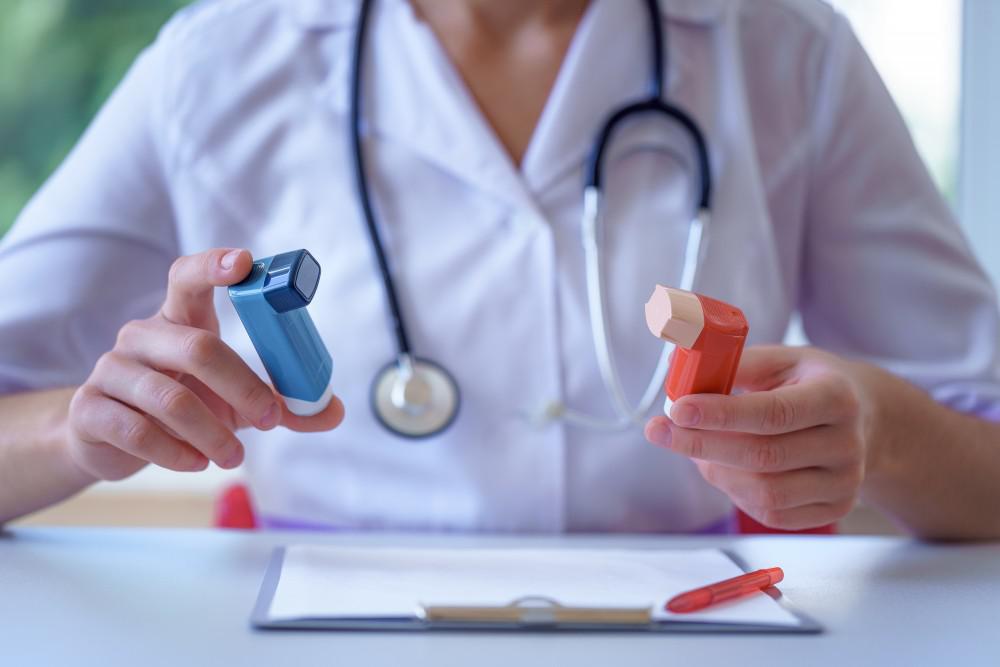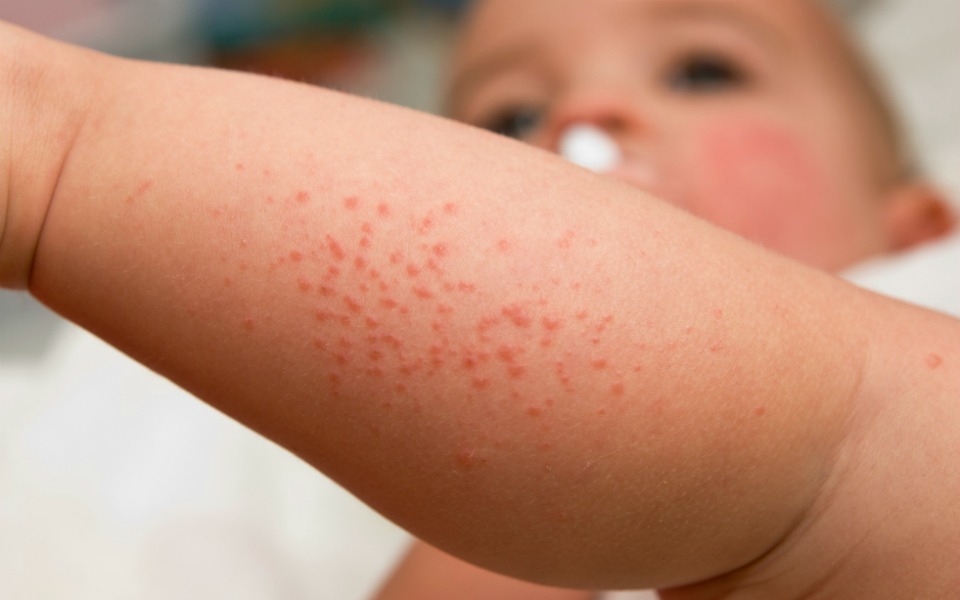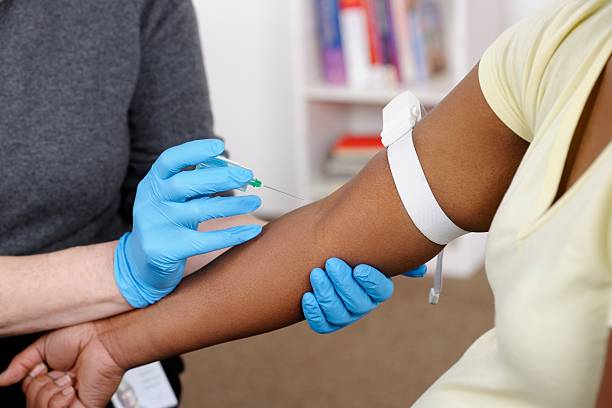You’ve probably heard about the challenges facing people living with chronic obstructive pulmonary disease (COPD) and home rehabilitation programs. It’s not easy to transition from being an active adult into a patient recovering from hospitalization .
The truth is that many people are deterred by misconceptions about COPD, its effects on everyday life, and the challenges of home rehab. However, as you read this article you will learn more about COPD, its diagnosis, and most importantly how to get started on your road to recovery through home rehabilitation programs.
What is COPD?
COPD stands for chronic obstructive pulmonary disease and is a progressive disease that affects your lungs. It makes breathing difficult by reducing their ability to take in air and get rid of waste products. It can also make coughing, wheezing, and shortness of breath more frequent and severe.
COPD is most common in people aged 40 and older. People who smoke, have a high risk for exposure to certain pollutants, or have a family history of the disease are at an increased risk of contracting it. The good news is that there are many therapies that can help manage COPD.
Diagnosing COPD
To help diagnose chronic obstructive pulmonary disease doctors have you do a breathing test called spirometry. During the test, you’ll exhale into a machine that measures the amount of air you exhale and tracks the speed at which you expel air from your lungs.
COPD is diagnosed most often by measuring how much air you can exhale in one second (FEV1) as compared to how much you could exhale when you were healthy. COPD is diagnosed when your FEV1 is less than 80%. It is important to note that FEV1 is not the same as the amount of air you’re able to breathe in.
COPD is often misdiagnosed by doctors or underestimated by patients. This is because many of the symptoms associated with COPD are vague and can also be attributed to other conditions. Symptoms can include shortness of breath, wheezing, fatigue, and more.
It’s important to discuss your symptoms with a doctor and to know your family history. It may take some time to get a proper diagnosis, so don’t be discouraged if your symptoms aren’t immediately recognized as COPD.
Home rehabilitation programs for COPD
Home rehabilitation programs are designed to help you manage the symptoms of COPD. These programs include exercises, breathing techniques, and medications. Depending on the severity of your COPD and your goals for recovery, you may be able to complete all of your exercises at home or you may need to visit a specialized facility for physical therapy or respiratory therapy.
In a home rehabilitation program, your physical therapist will assess your condition and recommend a program that is tailored to your needs. This may include a walker, ankle-foot orthotic, or other assistive devices to reduce the burden on your legs and feet.
You may also be given a special mask or other devices to help you breathe more easily. A home rehabilitation program may also include exercises that help strengthen your muscles and improve your balance. A home rehabilitation program is designed to help you maximize your recovery and reduce your dependence on medication.
3 myths that are holding you back from home rehab
- You can’t do it all at home – If you are recovering from COPD, you may be able to take care of many aspects of your care at home, but there are some elements that you will need to leave to a professional. Rehabilitation programs are designed to help you manage your COPD and get back to the activities you love. However, they are not always easy to do on your own. A physical therapist can assess your condition and recommend a program that is tailored to your needs. They can also help you stay motivated by setting realistic goals and providing encouragement along the way.
- You are too old for home rehab – It is true that COPD is more common in older adults, but people of all ages can get it. COPD is often diagnosed in people who have been smoking for many years. However, it can also develop in people who have been exposed to high levels of air pollution. People who have never smoked can also get COPD. If you are in the early stages of COPD, you may be able-bodied enough to undertake a home rehabilitation program.
- You need to start at the beginning – If you have just been diagnosed with COPD, you may feel overwhelmed by all the information you are being given. However, it is important to remember that COPD is a progressive disease, which means that it gets worse over time. It is best to get started with a pulmonary rehabilitation program right away so that you can reduce your dependence on medication and get back to doing the things you enjoy.
Conclusion
COPD is a progressive disease that affects your lungs. It makes breathing difficult by reducing their ability to take in air and get rid of waste products. COPD is most common in people aged 40 and older. The most accurate way to diagnose COPD is through lung function testing.
COPD can be diagnosed when symptoms such as a persistent cough, wheezing, and shortness of breath occur on a regular basis and become more severe. Home rehabilitation programs are designed to help you manage your COPD and get back to the activities you love.



